Wejugo’s writer Brooke Nolan spoke with Arno Marten, founder of Packrafting New Zealand, to discuss the rise of the sport, why there’s a need for unified global safety risk, and decision-making training, and why some people – no matter what education is available – will always put themselves at risk.
Chatting over Zoom, it becomes apparent pretty quick that Arno says what he thinks. And – when it comes to taking tourists out on packrafting trips in the remote wilderness of New Zealand’s South Island – it’s a good skill to have.
“I will always be honest about someone’s skills and capabilities,” he shrugs. “Packrafting is less about skills and more about making the right decisions. And sometimes, no matter what you say or teach, people make the wrong ones.”
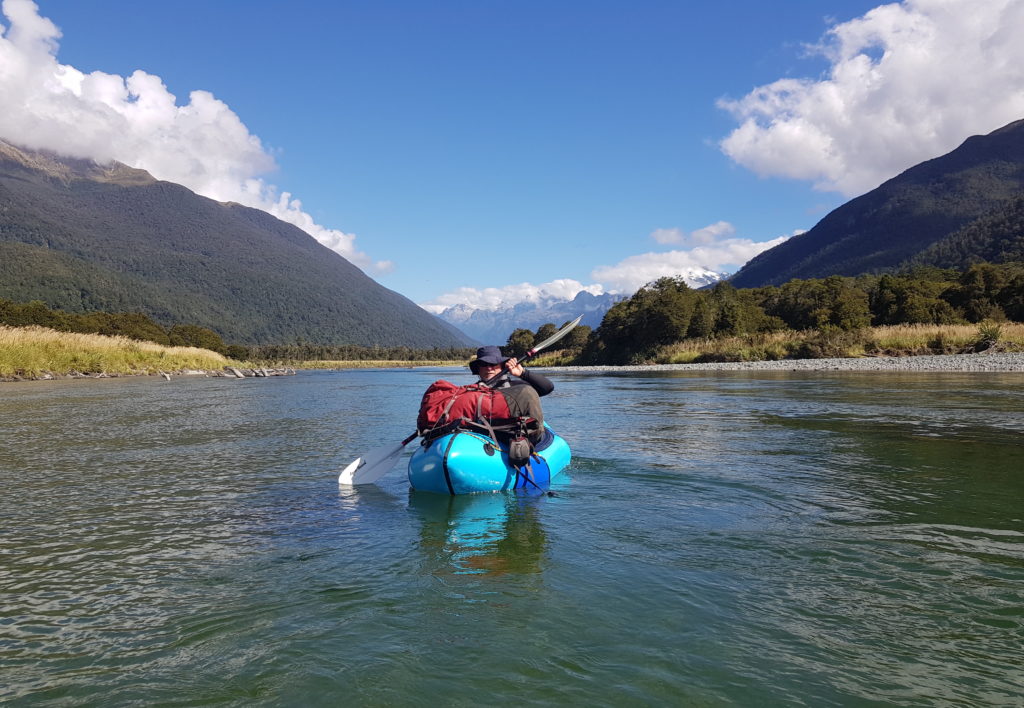
Diving into a new career after an accident
As someone who spent 12 years in the German military, this straight-talking, say-it-as-it-is approach comes as no surprise. Arno spent over a decade pushing his body – and his mind – to the extreme. Then, his career ended abruptly after falling from a helicopter and breaking his back.
“I couldn’t do my job anymore and I was left with this big question ‘what’s next?’,” he says. “After a year-and-a-half of recovery, I decided I needed a break and headed to the Dominican Republic to do some diving.”
It was on this trip that Arno inadvertently discovered his next career. Despite having completed hundreds of dives with the navy, his experience wasn’t recognised and he had to complete the internationally-recognised PADI.
“From then on, I did everything that I could to become a dive instructor,” he says. “I spent the next few years travelling the world teaching before ending up in Cairns where I met my (now) wife.”
Arno had wanted to visit New Zealand for many years, and the adventure-filled country proved the perfect place for the pair to start a new life together. With no firm plans for what to do when they arrived, Arno decided to set out on an epic challenge instead – to swim the entire West Coast of New Zealand, from Milford Sound to Bluff.
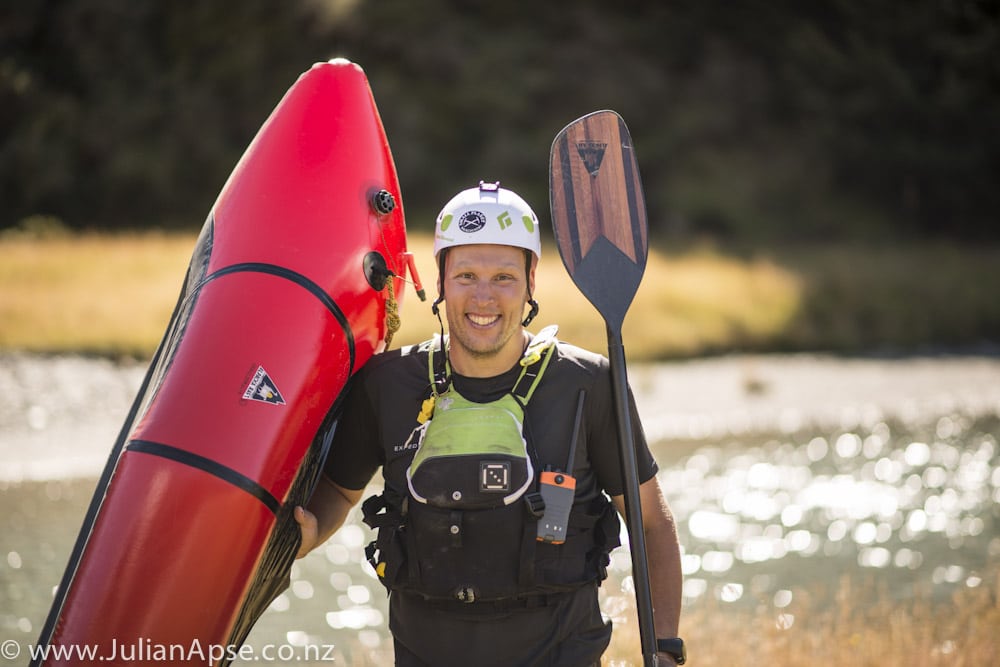
During training missions in 2011 and early 2012, Arno ticked off the swim in bite-sized pieces. “It was during the training trips that I discovered packrafts,” he reminisces. “I wanted something lightweight that I could tow behind me with my gear in. I came across Alpaca Packrafts who ended up sponsoring me and giving me a boat to use.”
A few months later he made an attempt at the full 400 km distance, fully unsupported, and with just a couple of resupply stops along the way.
Just over 150km in and the full swim was cut short due to bad weather and a broken backpack making the occasional inland journey next to impossible. But, although the expedition was over, his adventures with packrafting were only just beginning.
On his return, Arno bought more packrafts and launched what is now known as Packrafting New Zealand. That was 2012, and the company was one of the first commercial packrafting companies in the world, offering beginner and intermediate trips through New Zealand’s pristine fjords and rivers.
Over the last decade, Arno has witnessed the sport grow exponentially, from being virtually unknown to being enjoyed by everyone from hardcore adventurers to tourists looking for something a little different.
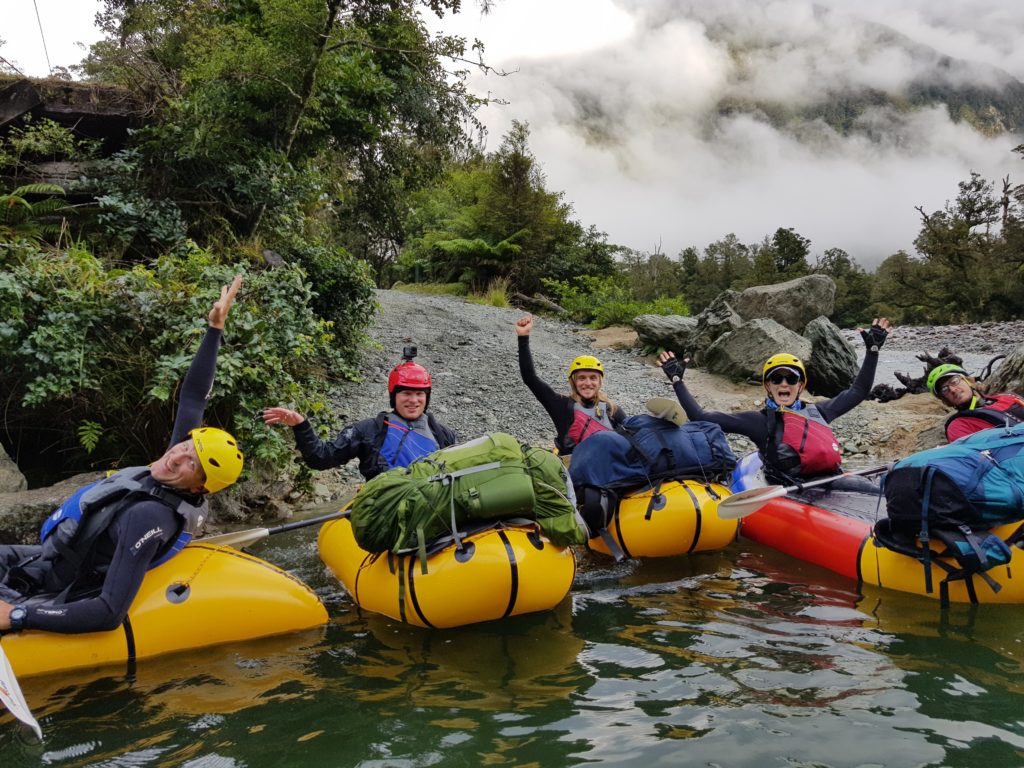
The risks associated with the rise of packrafting
Part of the reason behind the growth of the sport is its accessibility. According to Arno, packrafts are ‘far lighter than you think is possible’, incredibly stable, and extremely durable and tough.
They’ve also come a long way from Arno’s first experience on the swim, where the boat had barely any features. Today’s boats are still super lightweight but are more akin to the features of kayaks with seats, storage, etc.
There was one moment that made Arno realise the full potential of these modest boats. Descending a river in Fiordland, there was a small drop. Easy enough usually, but this drop had a submerged, sharp tree branch pointing right at the front of the boat that was un-seeable from above. “I thought to myself, this is it,” says Arno. “It’s going to puncture for sure.”
Instead, the boat was fine (although Arno went for a bit of a swim).”It was a small incident, but it really showed me what’s possible and just how durable these boats are,” Arno continued.
Despite this inherent toughness, the accessibility and stability of packrafts is a double-edged sword, with many people underestimating the skills required to packraft safely.
According to statistics from The American Packrafting Association, 93% of people who own a packraft entered the sport via hiking or backpacking, with only 54% having had prior experience of water.
“People are dying on packrafts,” Arno says. “Even if someone is a very competent outdoors person it doesn’t mean that their skills are transferable to the water.”
He points out that anyone looking to incorporate packrafting into their adventurers needs to know how rivers work and how tides and winds impact the packraft.
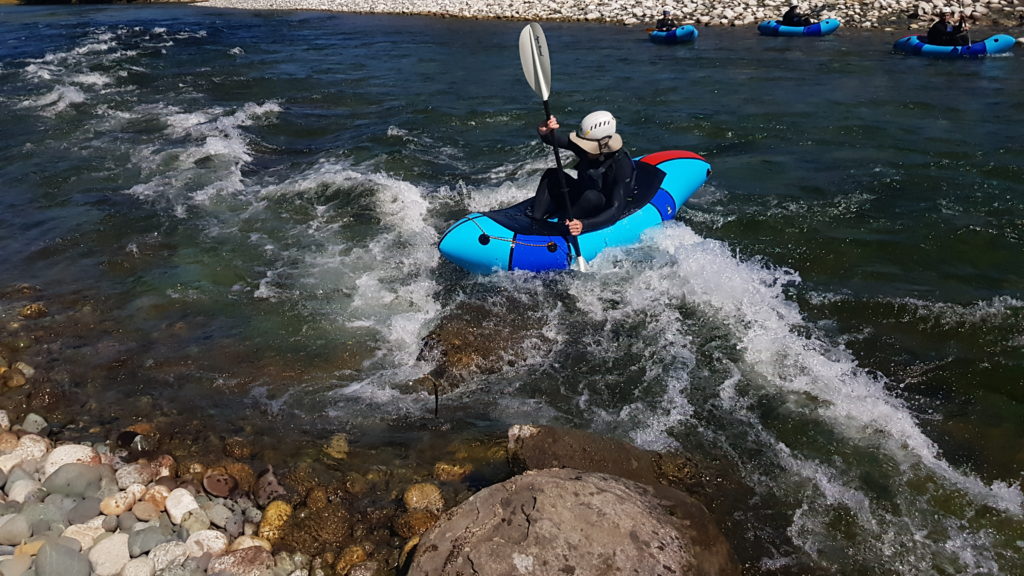
“People can have a lot of outdoor knowledge but have no idea how a river or the ocean operates,” he says. “This is especially apparent in New Zealand where there’s that ‘she’ll be ‘right’ attitude. That’s all good until you crash into a tree and almost die because you didn’t know what was coming or how to deal with it.”
Arno emphasises that although packrafting is accessible in some ways (after all, you can literally put the boat in a backpack), it does require training, although not as much as kayaking which is not as stable and forgiving as packrafts. For Arno, it comes down to competency, decision-making and understanding of the way water works.
In terms of a solution, Arno believes the industry needs to unify its safety and skills training.
“A lot of people think that SWIFT Water rescue courses are the holey grail and that if you have that, you’ll be fine,” Arno says. “But learning to packraft safely isn’t about whether you know what to do in an emergency situation, it’s about not getting into those situations in the first place. A rescue course is good to have, but it needs to build on basic skills first.”
Arno wants to see more people taking it slowly; becoming really confident on class 1 rivers before moving to class 2, then eventually class 3, and building up the skill level as they go. “The margin for error needs to be built up slowly and progressively,” Arno explains.
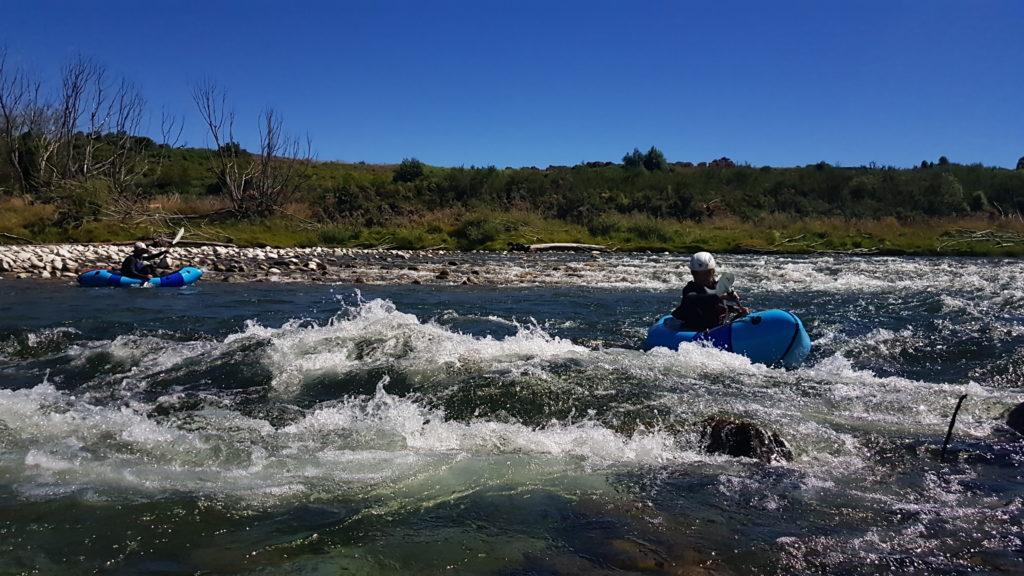
When launching Packrafting New Zealand 10 years ago he spent years trying to gather packrafters globally to standardise safety and training.
“I get a bit upset about it,” he says, shaking his head. “Getting people together globally wasn’t very easy and there are now lots of different regulations in different countries. A lot of regulations have taken inspiration from kayaking and rafting, but packrafting is different to these sports.”
Why decision making is the biggest packrafting skill you need
However, even with standardised training and qualifications, an understanding of water, and the addition of qualifications like the SWIFT water rescue course, Arno is clear about one thing – you can’t save them all.
“People need to understand what they can’t do, not what they can do,” he says in his matter-of-fact way. “People need to understand their own limitations and have enough knowledge to make smart decisions. You can teach someone the paddle skills and teach them how to make the right decisions – but if they do not understand, or chose not to do it – there’s nothing more you can do.”
Arno also believes that instructors have a role to play in telling people the truth about their skill level; especially if that truth is that they simply don’t have the skills yet.
“Even when it’s uncomfortable, we need to tell the truth so that people don’t get into dangerous situations,” he says. “We teach beginners courses and I’m clear with everyone; just because you’ve just paddled a Grade 2 river in a packraft, it doesn’t make you a Grade 2 packrafter. What you just achieved was 60% the boat and only 40% your skills. In some cases, it’s even 80/20.”
For people keen to get into the sport of packrafting Arno encourages people to take a beginner’s packrafting course, get an understanding of their aptitude from their instructor, paddle on low-grade rivers and stay on that grade until they can do every single skill without thinking twice. “You need to be able to do every single eddie time and again, forward, backwards, blindfolded before you move up a grade,” he explains.
A sustainable future for packrafting
Here at Wejugo, we’re passionate about treating the environment with respect and this is another area that Arno sees poor decision making in play. Although littering in rivers and popular Instagram-worthy areas is on the rise as in other sports, it’s the spread of didymo that has Arno most worried.
Known as Rock Snot, didymo is an invasive weed that is taking over New Zealand’s waterways and rivers.
“There are certain rivers that you shouldn’t go in because of the didymo and people get really irate about having their movements restricted,” says Arno. “It doesn’t really make sense to me; if you’re really dedicated to not spreading didymo – like many say they are – don’t paddle those rivers at all. I’ve heard so many people say ‘but I cleaned my boat’ or whatever, but it’s common sense to choose another river.”
Despite some of the challenges of packrafting, Arno sees great things ahead. He has taken a step back from the social-media fuelled industry and is focussing on building his business and enjoying his own trips and adventurers. He now has a fleet of boats and plenty of trips planned including his flagship seven-day Hollyford Pyke expedition which includes a beginner training course.
“I still hope that one day all the amazing packrafting businesses and instructors around the planet will stick their heads together and unify training and safety,” he says. “We can make the sport safer – which is especially important as it continues to grow. But it’s also important that we don’t take the fun out of it. Because, after all, fun is why we’re all here.”
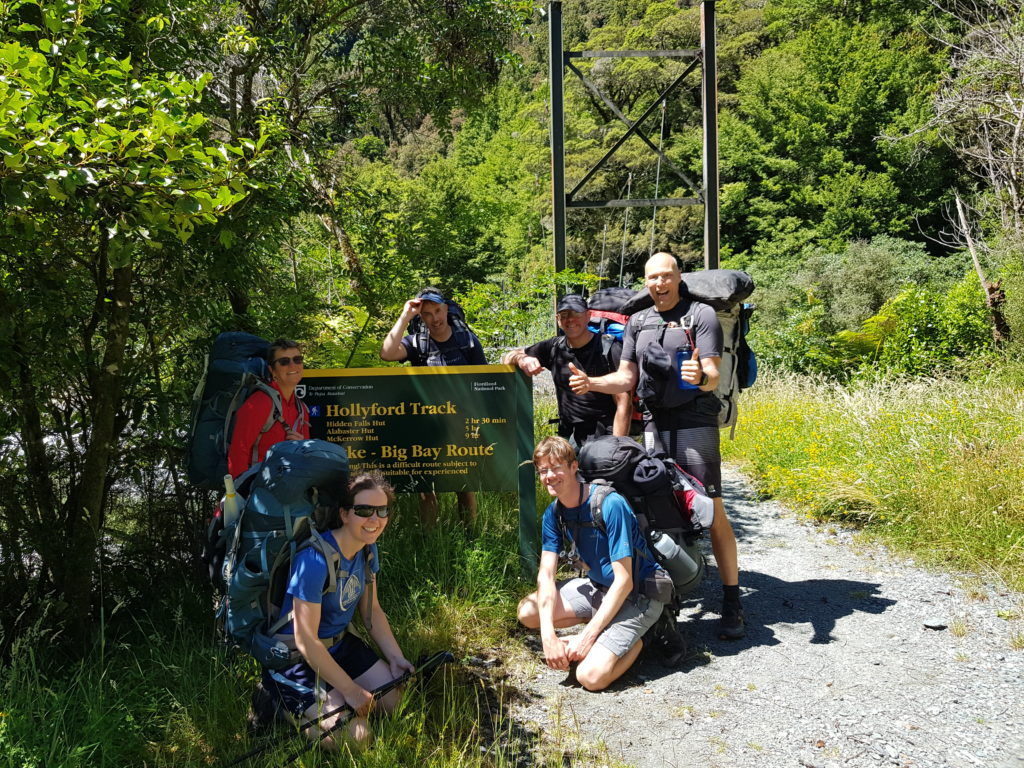
Let’s stop the Spread of Didymo
Here at Wejugo, we’ve got our eye on Didymo too and we’re calling all adventurers to do what they can to minimise the spread of Didymo in New Zealand and also to stop it from entering Australia.
It would be so easy for an adventurer to unwittingly spoil the very river systems they love to play in. It only takes one didymo cell – in a single drop of water – for the algae to spread between waterways. The usual way it spreads is via contaminated watersports and fishing equipment.
The best way to stop Didymo from entering Australia is to use completely different equipment in each country. Your NZ kit stays in NZ and your Australian kit stays in Australia.
If that’s not possible, don’t just rely on gear checks at the border. Thoroughly clean every inch of your equipment. And if in doubt, clean it again. If you’re in NZ make sure you do this every time you take your equipment to a new waterway too.
Together, let’s stop the spread of this invasive weed.






